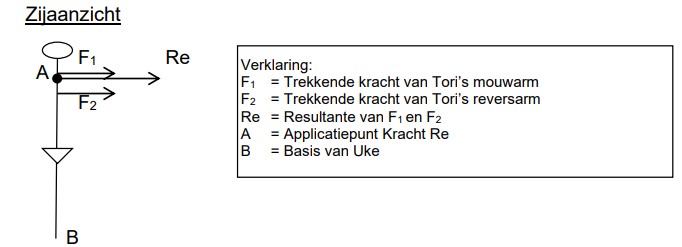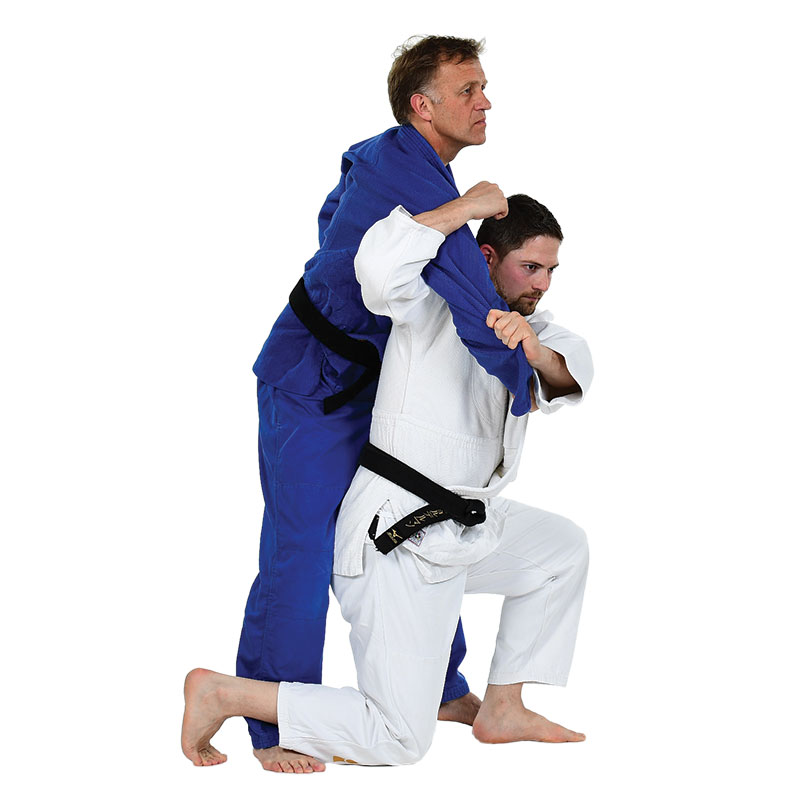Seoi-otoshi 背負落 (Dropping Shoulder Throw)
Classification: Te-waza (hand technique)
Japanese meaning: Seoi = “to carry on the back”, Otoshi = “drop”
Type: Arm throw
Technical Description
Seoi-otoshi is a dropping variation of seoi-nage (shoulder throw), where tori breaks uke’s balance forward or toward uke’s front-right corner. After drawing uke onto the back, tori drops one or both knees onto the mat, using gravity and the momentum of the forward movement to project uke over the shoulder and down to the ground.
The key difference from seoi-nage lies in the dropping motion: instead of lifting uke from a standing position, tori lowers their center of gravity abruptly to execute the throw more efficiently and explosively.
How to Perform
-
Kuzushi (balance breaking): Pull uke forward or diagonally to the front-right.
-
Tsukuri (entry): Turn in close, lowering your hips and fitting your back against uke’s chest.
-
Kake (execution): Drop down onto one or both knees while keeping uke loaded onto your back and shoulder. Then pull uke forward and down to throw.
Klik op de foto’s voor grotere versies
Biomechanical Analysis of Seoi-otoshi
This technique can function in three biomechanical forms:
-
(a) Moment – Uke is rotated over the pivot point of tori’s shoulders/back.
-
(b) Lever – Tori’s body forms the fulcrum, using arm force and body drop as the driving force.
-
(c) Couple – In some variations, opposing forces (e.g., pulling with one arm while pushing with the hips or shoulder) combine to create rotational torque.
In all cases, the kuzushi is forward, ideal when uke is moving or shifting weight in that direction. The sudden drop of tori increases the effectiveness by exploiting gravity and uke’s own momentum.

Applications & Strategic Use
Seoi-otoshi is particularly useful:
-
As a variation when uke resists a standard seoi-nage.
-
In scenarios where tori wants to stay lower (e.g., shorter athletes).
-
For surprise attacks after a failed upright throw attempt.
Because of its efficiency and speed, this technique is seen often in high-level competition, both in classical and modern judo.

